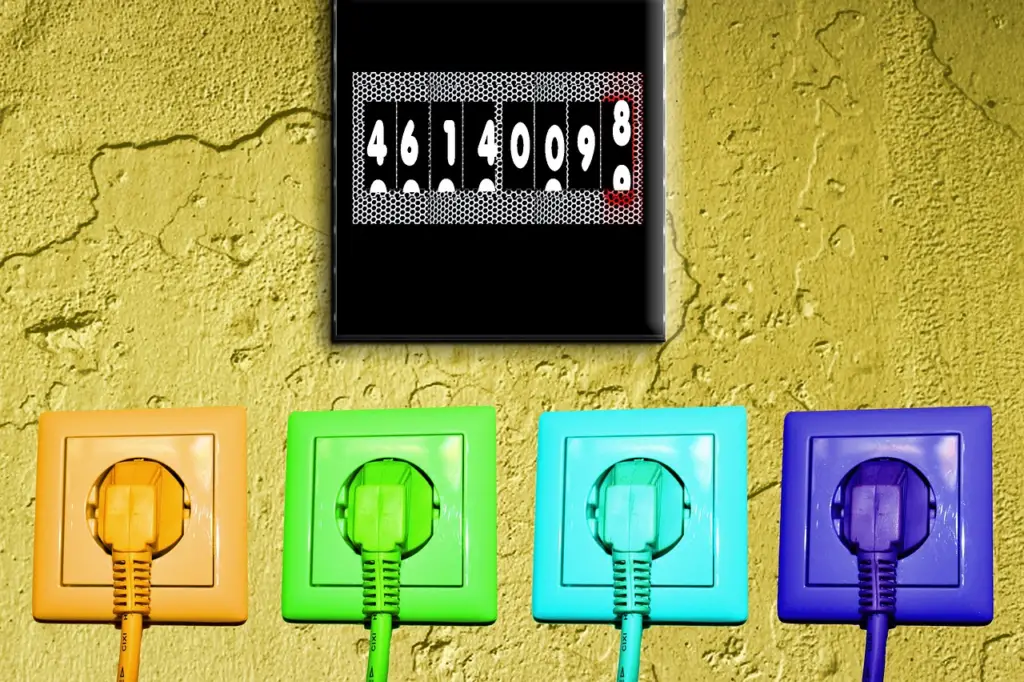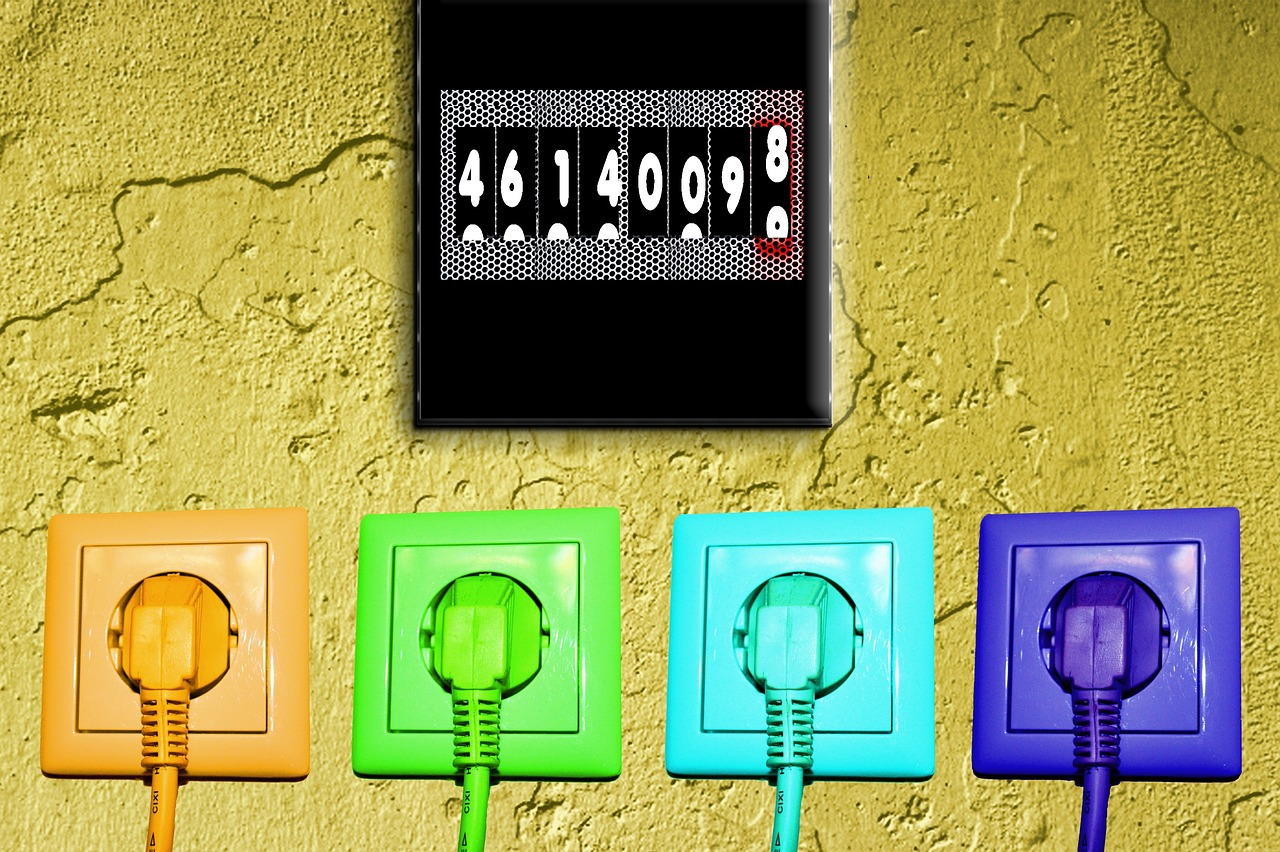Construction of a home that optimizes energy usage has emerged as a huge concern for numerous homeowners. Through the implementation and integration of innovative and intelligent technologies, we possess the capability to reduce our carbon footprint while simultaneously benefiting from reduced energy expenditures. Regardless of whether you are initiating a building a new home or remodeling your current home, here are some invaluable insights and effective approaches to fashion a cozy, eco-friendly home that encourages energy preservation.

1. Lower Your Thermostat
One of the essential recommendations for constructing a home with enhanced energy efficiency involves adjusting your thermostat settings. You can effectively reduce the energy usage of your HVAC panels by conscientiously opting for slightly lower temperatures during winter and slightly higher temperatures during summer.
While the energy savings may appear negligible initially, they accumulate over time, leading to noteworthy decreases in your utility expenses. You should also consider the installation of a programmable or intelligent thermostat that enables automated temperature modifications aligned with your daily activities. This approach allows for both optimal comfort and the maximization of energy efficiency, ensuring seamless integration of these benefits.
2. Seal Your Windows and Doors
When it comes to constructing a home that optimizes energy consumption, ensuring the airtightness of your doors and windows represents a critical yet frequently disregarded measure. Even minor openings and crevices surrounding these access points can lead to notable energy waste by facilitating the escape of conditioned air and the infiltration of unwelcome drafts.
To tackle this, carefully examine all doors and windows for indications of air seepage and take appropriate measures to seal them. Utilizing weatherstrips and caulking proves effective in closing gaps and establishing a robust barrier against environmental elements. Furthermore, consider the installation of double-pane or energy-efficient windows, which provide enhanced insulation properties and manage heat transfer.
3. Install Insulation
The aspect of insulation plays a critical role in maintaining an agreeable indoor atmosphere while simultaneously reducing energy consumption. Insulation serves as an effective shield, skillfully regulating temperature levels within your living spaces and proficiently minimizing heat transfer between the interior and exterior environments.
Adequate insulation serves to reduce the transfer of heat, effectively preserving warmth during winter months and coolness during summer periods. Start by carefully insulating the walls, roof, and floors of your home, with a specific emphasis on areas susceptible to air infiltration and heat dissipation. Fiberglass, cellulose, and spray foam are commonly employed insulation materials, each possessing distinct advantages and suitability for various sections of the house. It is vital to ensure accurate installation of the insulation, free from any gaps or compression, in order to optimize its efficacy.
By significantly reducing the infiltration of heat or its escape, insulation empowers you to sustain a consistently comfortable temperature year-round without over-reliance on energy-intensive heating or cooling systems. This leads to remarkable reductions in energy consumption, as HVAC systems operate with heightened efficiency and consume significantly less power.
The strategic installation of insulation also thwarts the intrusion of drafts and air leaks, sealing your home tightly and fortifying it against external air infiltration. As a result, your heating and cooling equipment operate more optimally, requiring less exertion to uphold the desired temperature.
Switch to a Smart Thermostat
4. Switch to a Smart Thermostat
Exploring smart home technology is a great way to enhance the energy efficiency of your home. One notable option lies in transitioning to a smart thermostat. Smart thermostats offer advanced functionalities that provide precise control over the heating and cooling mechanisms within your residence. Empowered by the ability to create temperature schedules and make remote adjustments through smartphone applications, you can optimize energy consumption in line with your daily routines and preferences.
Smart thermostats often incorporate sensors that detect occupancy and subsequently regulate temperatures, ensuring the avoidance of energy waste during periods of absence. Moreover, these devices offer valuable insights and comprehensive reports on energy usage, allowing you to identify areas that require improvement and make informed decisions.
5. Use LED Bulbs
Installing LED bulbs is a wise approach to enhance the energy efficiency of your lighting system. LED bulbs are well-regarded for their remarkable energy-saving characteristics. This makes them a preferred choice compared to traditional incandescent or fluorescent bulbs. LED bulbs consume significantly less electricity while delivering equivalent or even superior illumination, resulting in decreased energy usage, prolonged lifespan, and considerable long-term savings.
LED bulbs offer a range of brightness levels and color temperatures. You can personalize your lighting preferences and create the desired atmosphere within your home. By embracing LED bulbs, you actively contribute to a more environmentally friendly ecosystem, promote energy preservation, and experience the advantages of efficient and durable lighting solutions.
Like Us on Facebook!
Endnote
Constructing an energy-efficient home benefits the environment and offers numerous advantages for homeowners. By implementing innovative techniques, individuals can establish a comfortable, environmentally-friendly home while substantially reducing their carbon footprint and utility costs. These straightforward yet impactful measures contribute to a more sustainable and economically viable future, where the significance of sustainability and environmental awareness is key.




















